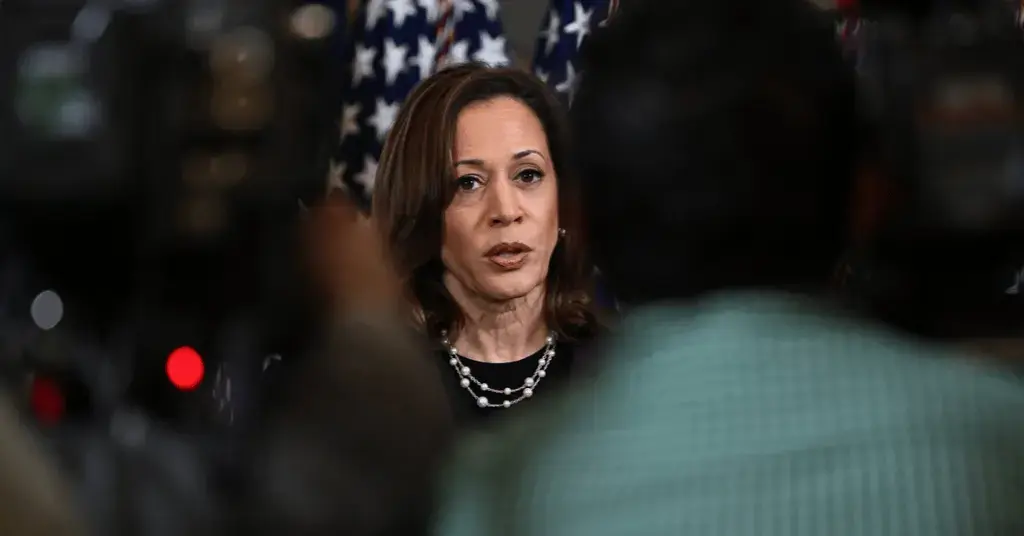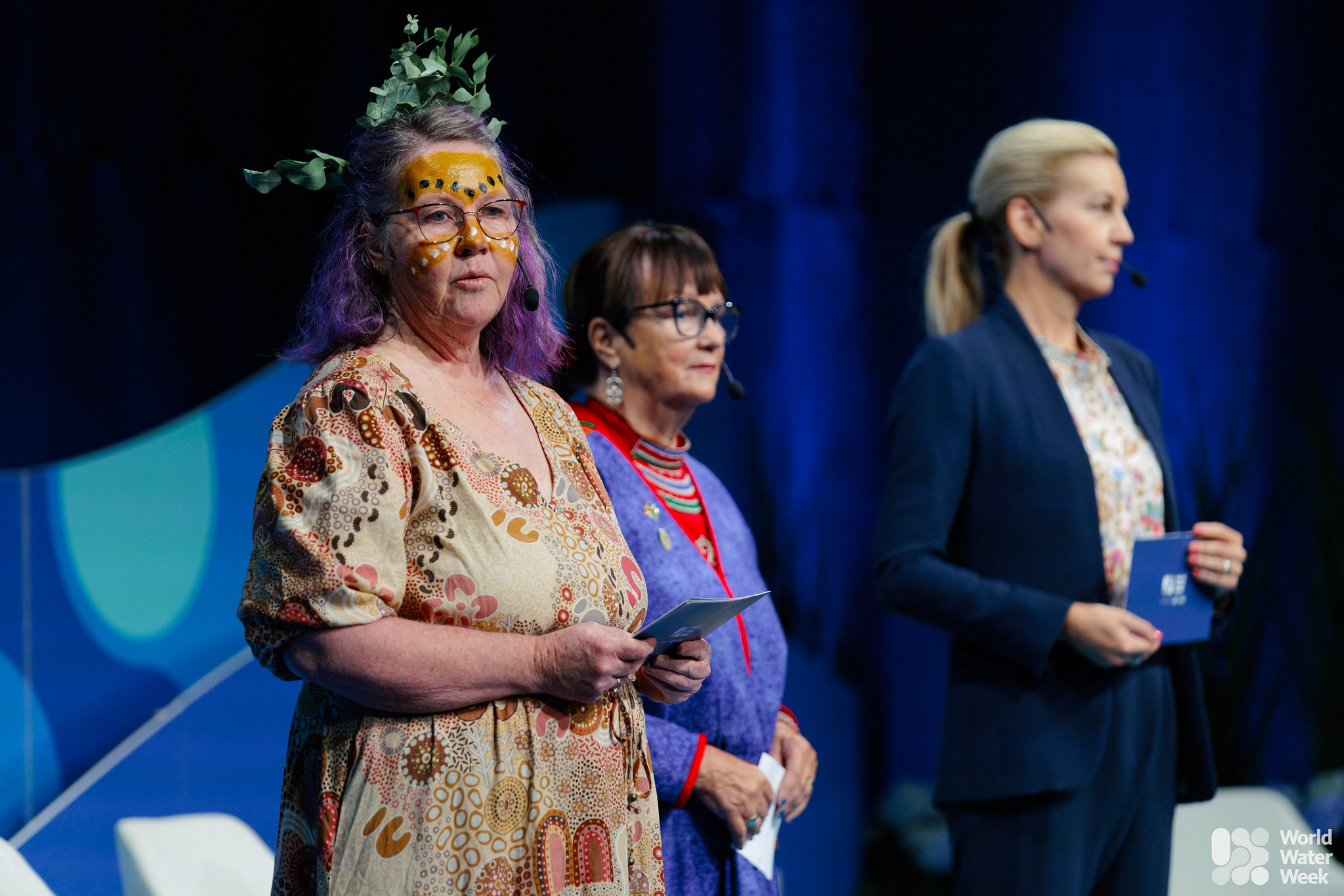Clickbait and clean water: YouTubers are the new philanthropists – Salon.com

Influencer-Led Philanthropic Initiative #TeamWater Aligns with Global Sustainable Development Goals
Executive Summary
A coalition of prominent internet content creators has launched a large-scale fundraising campaign, #TeamWater, aimed at addressing global water scarcity. The initiative seeks to leverage a collective digital audience of over two billion people to raise $40 million. This report details the campaign’s objectives, methodology, and its direct alignment with several United Nations Sustainable Development Goals (SDGs), particularly SDG 6 (Clean Water and Sanitation).
Campaign Objectives and Key Stakeholders
The #TeamWater initiative is a collaborative effort involving hundreds of digital creators. The primary objective is to fund clean water projects with the goal of providing sustainable, safe drinking water to two million people.
- Primary Goal: To raise $40 million for clean water projects.
- Lead Organizers: MrBeast (James Donaldson) and Mark Rober.
- Key Participants: A broad coalition including Kai Cenat, Dude Perfect, and the Stokes Twins.
- Target Beneficiaries: Communities in developing nations such as Bangladesh and Malawi, as well as underserved areas within the United States, including Mississippi and rural West Virginia.
Alignment with Sustainable Development Goals (SDGs)
The campaign’s mission is fundamentally linked to the 2030 Agenda for Sustainable Development. The initiative makes significant contributions toward the following goals:
- SDG 6: Clean Water and Sanitation: The core mission of #TeamWater is to ensure availability and sustainable management of water and sanitation for all. By funding infrastructure like water tanks and implementing safe water solutions, the campaign directly addresses SDG 6 targets.
- SDG 10: Reduced Inequalities: By focusing on marginalized communities both internationally and domestically, the initiative works to reduce inequalities in access to basic resources, a central tenet of SDG 10.
- SDG 17: Partnerships for the Goals: The campaign exemplifies a multi-stakeholder partnership, uniting digital creators, their global audiences, and charitable organizations to mobilize resources and achieve a common development objective.
Methodology: Philanthropy through Digital Content
The fundraising model utilizes content creation as the primary driver for engagement and donations. Creators produce specialized content designed to educate their audience about water scarcity while encouraging financial contributions.
Content Strategies Include:
- Educational Entertainment: Videos that combine scientific explanations about water issues with engaging formats, such as Mark Rober’s demonstration of water purification.
- Field Reporting: Content creators travel to project locations, such as the Stokes Twins’ visit to Nepal to document the construction of a 15,000-liter water tank, providing transparency and a direct link to the impact of donations.
- Thematic Challenges: Staging water-related challenges and activities to generate viral interest and direct viewers to donation portals.
Precedent and Potential Impact
This initiative follows previous successful campaigns led by Donaldson and Rober, which have demonstrated the viability of this philanthropic model.
- #TeamTrees: Raised over $20 million to plant trees.
- #TeamSeas: Raised over $30 million to clean oceans.
While some analysis suggests that influencer-led philanthropy may risk oversimplifying complex systemic issues, the model’s capacity for resource mobilization is undeniable. The #TeamWater campaign represents a significant effort to convert digital influence into tangible progress toward achieving the Sustainable Development Goals, specifically providing clean water for millions of individuals.
1. Which SDGs are addressed or connected to the issues highlighted in the article?
-
SDG 6: Clean Water and Sanitation
The article’s central theme is the #TeamWater initiative, a campaign explicitly designed to fund “clean water projects around the globe.” The stated goal is to “bring safe, sustainable drinking water to two million people,” which directly aligns with the core objective of SDG 6.
-
SDG 17: Partnerships for the Goals
The article describes a large-scale collaboration where “hundreds” of internet creators are “joining forces” for the #TeamWater campaign. This represents a multi-stakeholder partnership involving the private sector/civil society (influencers), non-profits, and the public to mobilize financial resources and achieve a common goal, which is the essence of SDG 17.
2. What specific targets under those SDGs can be identified based on the article’s content?
-
Target 6.1: By 2030, achieve universal and equitable access to safe and affordable drinking water for all.
The campaign’s primary objective is to “bring safe, sustainable drinking water to two million people in countries from Bangladesh to Malawi, and even in underserved communities in the U.S.” This directly contributes to increasing access to safe drinking water, which is the focus of Target 6.1.
-
Target 17.17: Encourage and promote effective public, public-private and civil society partnerships, building on the experience and resourcing strategies of partnerships.
The initiative is described as a collaboration of “MrBeast (James Donaldson), Mark Rober, Kai Cenat, Dude Perfect, the Stokes Twins and hundreds more.” This influencer-led philanthropy, which mobilizes millions of fans to donate, is a clear example of a civil society partnership designed to raise resources for development goals, aligning with Target 17.17.
3. Are there any indicators mentioned or implied in the article that can be used to measure progress towards the identified targets?
-
Indicators for Target 6.1
While the official indicator is 6.1.1 (Proportion of population using safely managed drinking water services), the article provides several direct and proxy indicators to measure the campaign’s contribution:
- Number of beneficiaries: The goal to “bring safe, sustainable drinking water to two million people” is a direct quantitative indicator of the population served.
- Infrastructure development: The mention of helping “build a 15,000-liter water tank” in Nepal serves as a tangible output indicator of new infrastructure.
- Technology implementation: The reference to creators “explaining the tech behind rainwater harvesting” implies that the implementation of such technologies is a measurable outcome of the projects funded.
-
Indicator for Target 17.17
The official indicator is 17.17.1 (Amount of United States dollars committed to public-private and civil society partnerships). The article provides a precise financial indicator:
- Financial resources mobilized: The campaign’s goal is to “raise $40 million,” which is a direct measurement of the financial commitment generated by this partnership.
4. Table of SDGs, Targets, and Indicators
| SDGs | Targets | Indicators |
|---|---|---|
| SDG 6: Clean Water and Sanitation | 6.1: Achieve universal and equitable access to safe and affordable drinking water for all. |
|
| SDG 17: Partnerships for the Goals | 17.17: Encourage and promote effective public, public-private and civil society partnerships. |
|
Source: salon.com

What is Your Reaction?
 Like
0
Like
0
 Dislike
0
Dislike
0
 Love
0
Love
0
 Funny
0
Funny
0
 Angry
0
Angry
0
 Sad
0
Sad
0
 Wow
0
Wow
0



























;Resize=805#)



















































